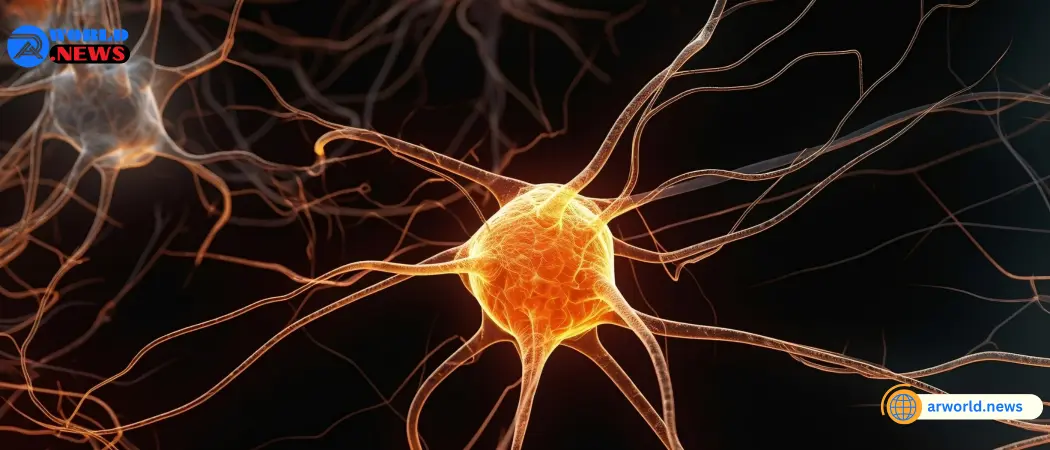Scientists Discover Neurons That Process Language At Various Timelines
Neuroscientists used functional magnetic resonance imaging (fMRI) to identify multiple brain areas responsible for language processing. However, determining the specific functions of neurons in those places has been difficult since fMRI, which monitors changes in blood flow, lacks sufficient precision to indicate what small groups of neurons are doing.
Now, using a more accurate technique that includes recording electrical activity straight from the brain, MIT neuroscientists have identified separate clusters of neurons that appear to interpret varying quantities of contextual information. These “temporal windows” can range from one to six words long.
According to the researchers, the temporal windows may have various functions for each population. Populations with shorter windows may examine the meanings of individual words, but those with longer windows may interpret the more complex meanings formed when words are strung together.
“This is the first time we see clear heterogeneity within the language network,” explains Evelina Fedorenko, an associate professor of neuroscience at MIT. “Across hundreds of fMRI trials, these brain areas all appear to accomplish the same thing, but this is a big, spread network, so there must be some structure there. This is the first convincing proof of structure, but the different neuronal populations are spatially interleaved, thus fMRI cannot detect these distinctions.”
Fedorenko, a member of MIT’s McGovern Institute for Brain Research, is the study’s senior author. It was published today in Nature Human Behavior. The principal authors of the paper are Tamar Regev, an MIT postdoc, and Colton Casto, a Harvard University graduate student
Temporal Windows
Functional MRI, which has helped scientists learn a lot about the roles of various brain regions, measures variations in blood flow in the brain. These measures serve as a surrogate for brain activity during a certain task. However, each “voxel,” or three-dimensional chunk, of an fMRI image represents hundreds of thousands to millions of neurons and aggregates up activity over roughly two seconds, so it cannot disclose fine-grained data about what those neurons are doing.
One method for obtaining more precise information regarding neural function is to record electrical activity using electrodes implanted in the brain. These data are difficult to get because this technique is only performed on people who have already undergone surgery for a neurological disorder, such as severe epilepsy.
“It can take a few years to collect enough data for a task because these patients are uncommon, and electrodes are implanted in a variety of sites based on clinical needs; thus, it takes time to construct a dataset with adequate coverage of some target portion of the cortex. But these data, of course, are the best kind of data we can collect from human brains: you know exactly where you are physically and have very fine-grained temporal information,” Fedorenko explains.
Fedorenko used this approach in a 2016 study to investigate the language processing regions of six participants. Electrical activity was measured when participants read four types of language stimuli: entire sentences, lists of words, lists of non-words, and “jabberwocky” phrases, which have grammatical structure but are made up of nonsense words.
These findings revealed that activity in some neuronal populations in language processing regions gradually increased across multiple words while individuals read sentences. However, this did not occur when they read lists of words, lists of nonwords, or Jabberwocky phrases.
Regev and Casto returned to those data in the new study to conduct a more in-depth analysis of the temporal responses. The initial dataset included recordings of electrical activity from 177 language-responsive electrodes across six patients. Conservative estimations suggest that each electrode represents the average activity of around 200,000 neurons. They also collected new data from a second group of 16 patients, including recordings from 362 additional language-responsive electrodes.
When the researchers studied the data, they discovered that activity in specific neuronal groups fluctuated up and down with every word. Others, however, would exhibit a steady rise of brain activity across extended stretches of words before falling back down.
By comparing their results to predictions provided by a computational model built to interpret stimuli with varied temporal frames, the researchers discovered that neuronal populations from language processing areas could be classified into three clusters. These clusters reflect temporal windows containing one, four, or six words.
“It really looks like these neural populations integrate information across different timescales along the sentence,” Regev observes.
Processing words and meaning
According to the researchers, these changes in temporal window size could not have been detected by fMRI.
“At fMRI resolution, we don’t find significant variability within language-responsive areas. When you identify the voxels in an individual’s brain that are most responsive to language, you’ll notice that their responses to sentences, word lists, and jabberwocky phrases are non-word lists and are very similar,” Casto explains.
The researchers were also able to pinpoint the anatomical regions where these clusters were discovered. The neural populations with the shortest temporal window were mostly located in the posterior temporal lobe, but some were also discovered in the frontal and anterior temporal lobes. Neural populations from the two other clusters, which had longer temporal windows, were more uniformly distributed over the temporal and frontal lobes.
Fedorenko’s lab wants to investigate if distinct timelines correlate to different functions. One idea is that populations with shorter timescales analyze the meanings of a single word, whereas those with longer timescales understand the meanings conveyed by numerous words.
“We already know that in the language network, there is sensitivity to how words go together and to the meanings of individual words,” according to Regev. “So that could potentially map to what we’re finding, where the longest timescale is sensitive to things like syntax or relationships between words, and maybe the shortest timescale is more sensitive to features of single words or parts of them.”
The Zuckerman-CHE STEM Leadership Program, the Poitras Center for Psychiatric Disorders Research, the Kempner Institute for the Study of Natural and Artificial Intelligence at Harvard University, the US National Institutes of Health, an American Epilepsy Society Research and Training Fellowship, the McDonnell Center for Systems Neuroscience, Fondazione Neurone, the McGovern Institute, MIT’s Department of Brain and Cognitive Sciences




